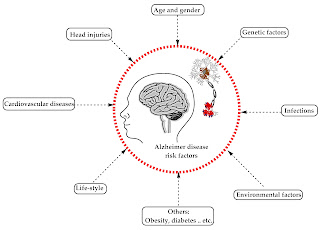The Neurological Causes of Alzheimer’s Disease
The Neurological Causes of Alzheimer’s Disease
The true causes of Alzheimers disease remain elusive. However, researchers have made progress in understanding the neurological roots of this debilitating condition.
The disease is named after Alois Alzheimer, who was the first to identify the peculiar plaques and tangles in the brain, which is characteristic of the illness. Till the final decades of the twentieth century, Alzheimers could be diagnosed accurately only by a post-mortem examination.
Nowadays, scientists are beginning to uncover precisely what is happening and why those characteristic tangles and plaques crop up in the brain.
Many of the symptoms of Alzheimers disease are caused by neurofibrillary tangles in the brain. Microscopic filaments clog the neurons. These filaments are made up of an abnormal kind of Tau protein.
In a normal brain, Tau protein bonds into microtubules and enables transmission of messages from one neuron to another. But in an Alzheimer brain, instead of bonding into message pathways, Tau protein bonds with itself. And the neuron messages go nowhere.
Since the neurons are clogged, signals from the environment are no longer transmitted the way they...

.webp)


Comments
Post a Comment